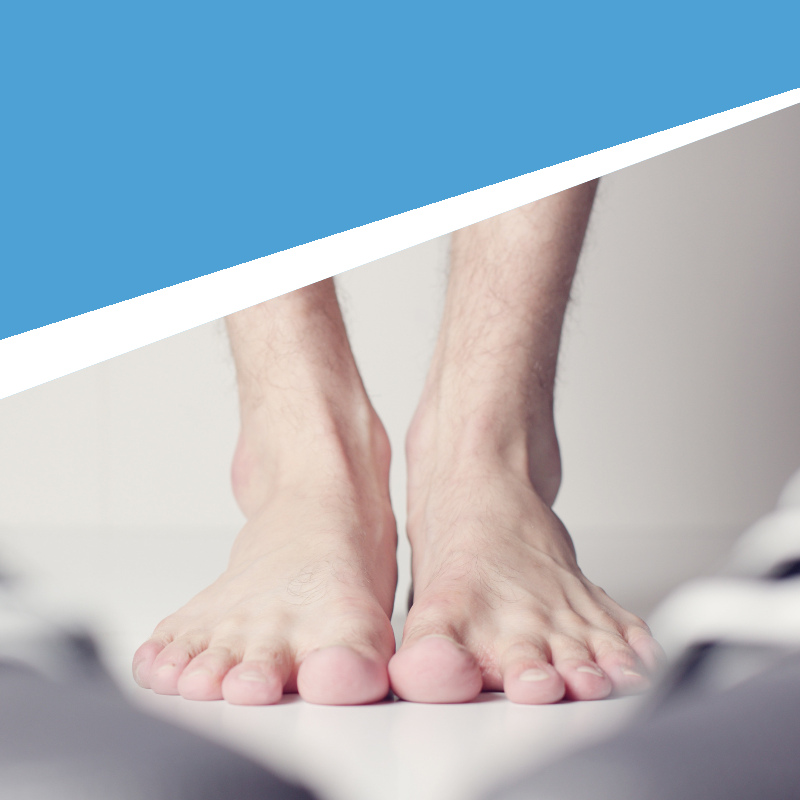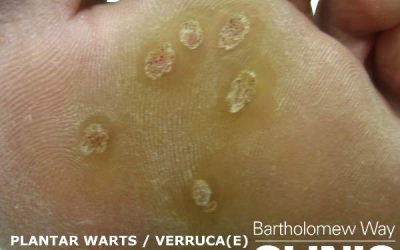Named after Dr. Thomas George Morton who described the condition in 1876.
This is a common cause of metatarsalgia, (pain in the ball of the foot!) a common presentation in the clinic with common symptoms such as:
- Mild to severe pain in the ball of the foot or on top sometimes radiating to toes
- Sharp, Shooting pain
- Bruise like pain
- Burning sensation, Numbness and tingling
- Swelling and inflammation

So what’s going on? – A neuroma is an inflammation and a thickening around the nerves that are present between the metatarsals of your foot. The thickening around the nerves is believed to be the result of irritation caused by the nerves being compressed by the metatarsals on either side. This could be due to poor foot mechanics during gait, excessive pronation or footwear that is too tight.
Pronation? This is a word that is no longer unfamiliar to the general public. Pronation in lay-terms is the action of your feet ‘rolling in’ particularly in reference to the way you are walking. It is a normal occurrence but in excess may lead to unwanted stresses in the foot and lower limb. Excessive pronation is a common cause of Morton’s Neuroma. In its early stages, treatment with orthotic insoles can be very successful. Foot orthotics can be made to fit most shoes. They are discreet, comfortable and can be modified and adapted to your specific need.
Treatments for Morton’s Neuroma may include:
- Foot orthotics
- Dome pads
- Silicone orthoses for toes
- Anti-inflammatory medication
- Steroid injections
- Surgery
If you are experiencing symptoms of Morton’s neuroma and it is affecting your daily activities. We strongly recommend you see your Podiatrist as soon as you can for a full assessment and treatment plan. If you want to get back to doing the activities you love foot pain free, a Podiatrist can definitely help.



